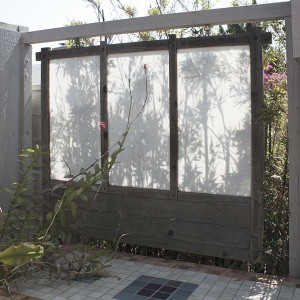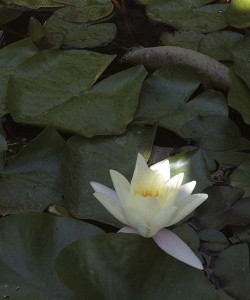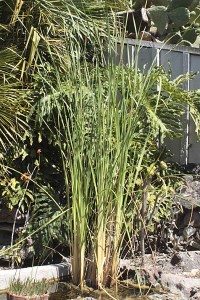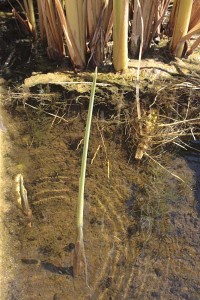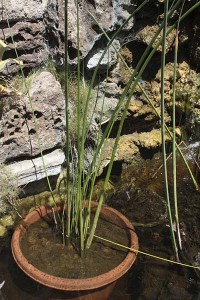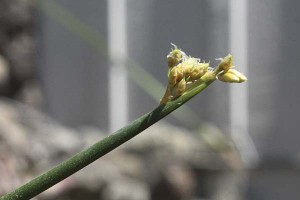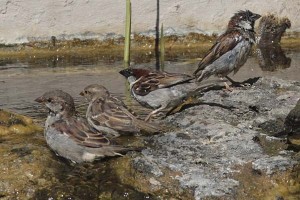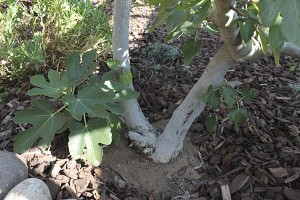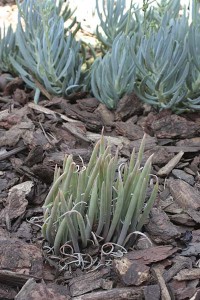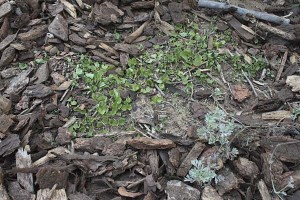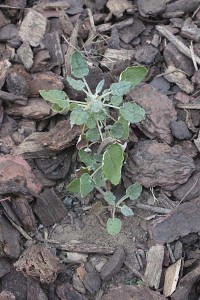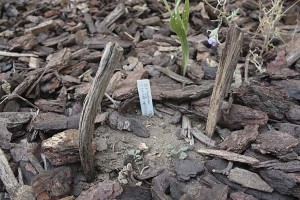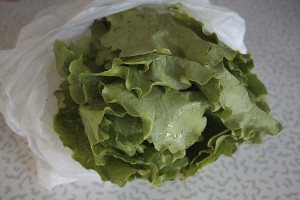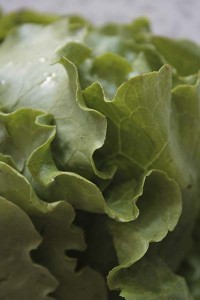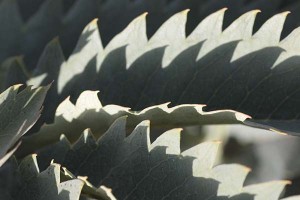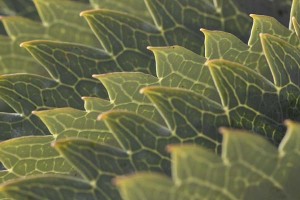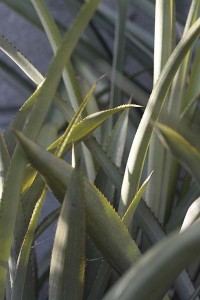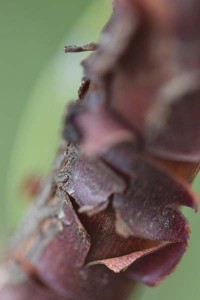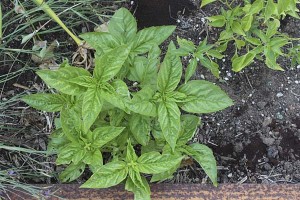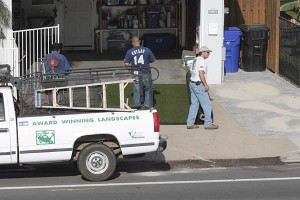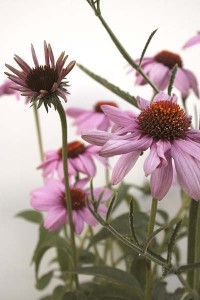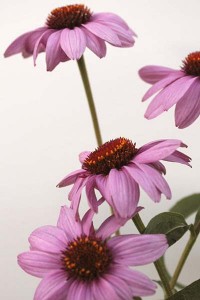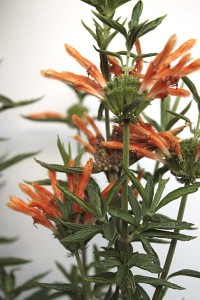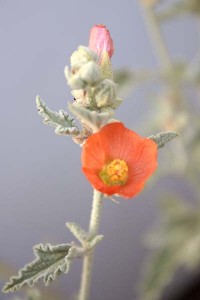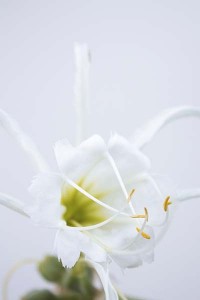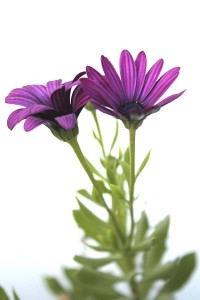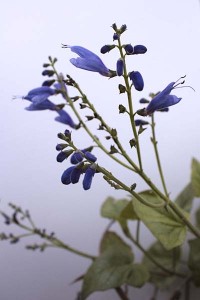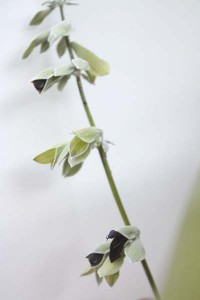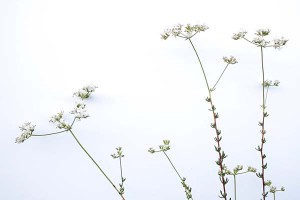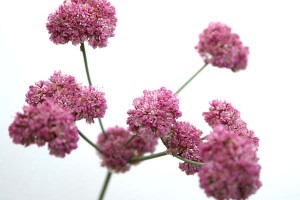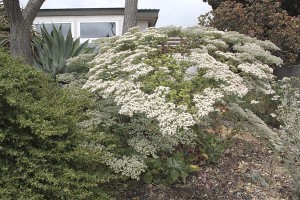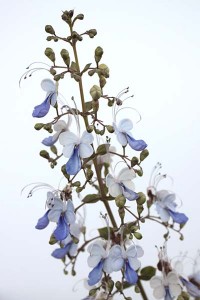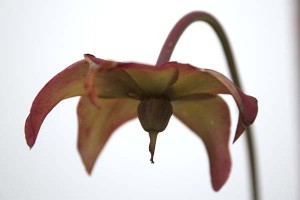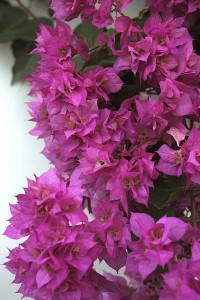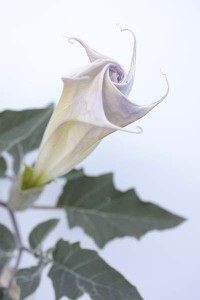My thanks to James Golden of View from Federal Twist for bringing to my attention a book that he thought would speak to this Californian’s attempts to garden in a land with little water. Penelope Hobhouse’s The Gardens of Persia traces the development of gardens in the rainfall-challenged area, beginning with the the earliest known garden for which we have an archaeological record, Cyrus the Great’s gardens at Pasargadae, which date to the 6th century, BCE.
That earliest garden featured a rectangular space divided symmetrically into smaller rectangles by two water courses that intersected at a 90 degree angle. It’s a basic formula that would develop through the centuries into the Islamic, Mughal and Moorish gardens which, in turn, went on to influence garden-making in Europe and beyond.
Cyrus’s garden used water in a way that treated it as a precious resource in a desert land but also showed off the fact that water was available to the owner of the garden, reinforcing the prestige and power of the ruler. Subsequent gardens in Persia continued to strike this balance. They used water in careful, strategic ways, treating it as the rare resource it was, often in narrow channels where evaporation would have been minized under the desert sun. At the same time they highlighted the power of the owner of the garden, and perhaps helped to conflate water’s life-giving powers with legitimacy of the ruler.

Here in San Diego, you can see an interpretation of a Persian-influenced Moorish garden in Balboa Park’s Alcazar Garden. Purportedly “patterned after the gardens of Alcazar Castle in Seville, Spain,” the garden is a 1935 design by local architect Richard Requa, built for the 1935-36 California Pacific International Exposition.
View Larger Map
Although I’ve never been to the Alcázar in Seville, a quick trip to the satellite overview of the original Alcázar gardens on Google Maps reveals the California garden to be a fairly loose interpretation of what you’ll find in Spain. But it retains strong overtones of traditional Persian gardens in its strong symmetry and thrifty use of water. (Garden sightseeing via Google Maps works really well for overviews of large gardens with strong structure. Take a look at Versailles or Isola Bella.)
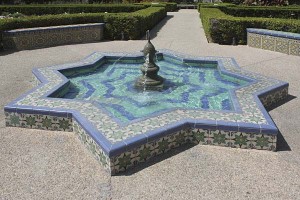
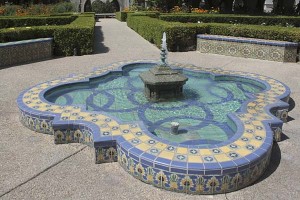
In the Balboa Park garden each of the intersections of the main central axis and two perpendicular axes is celebrated by a small tiled fountain, six to eight feet across. Neither fountain throws water more than a few inches away from the fountainhead.
With San Diego’s current water restrictions, homeowners can’t have any sort of fountain that shoots water into the air. So even fountains that are as measured in their use of water as these are wouldn’t be permitted. But evaporation and water waste on this style of fountain is so different from what you’d have with civic fountains that are more like unplugged fire hydrants. (Think of the fountains in Las Vegas at Bellagio.) These little Moorish fountains celebrate water, they don’t waste it.
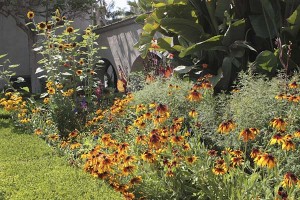
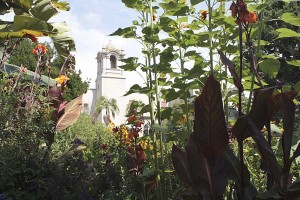
The garden features borders of clipped boxwood that outline the rectangles of the garden beds. Seasonal plantings rotate in an out of these bordered areas. Lavender, cosmos, and Shasta daisies were filling in the central rectangles on this July afternoon, with rudbeckia, penstemon, iresene, cannas, sunflowers and other warm-weather plants on the margins.
Are these plantings historically accurate? With the exception of the lavender, not at all. But chances are that if the Persian rulers were around today, they would used whatever materials were available to them, especially if they were plants that spoke to power and conquest over distant lands. Plants from all over the globe and modern hybrids would only serve to reinforce the viewer’s sense of the ruler’s power.
Penelope Hobhouse makes a similar observation about choice of plant materials in the Persian-influenced gardens at the Generalife in Grenada: “Archaeologists discovered that the garden must originally have been planted with low-growing flowers requiring little soil, although there were some deeper pits obviously made for shrubs, such as myrtle, and orange trees which had been described as growing there in the 16th century. After the excavations the soil was returned to the Acequia Court, and today modern annuals with no historical authenticity give a colorful display.”
If you were wanting to make a historically-correct Persian garden Hobhouse’s text list many other options throughout, including various roses, tulips, and several trees including white poplar, plane trees, plums, apricots, and apples.
Another resource for historical plants would be Ali Akbar Husain’s Scent in the Islamic Garden: A Study of Deccani Urdu Literary Sources, a study that I knew nothing about until I happened to see it sitting on the shelf next to the Hobhouse book in the library. This fairly academic but quite readable book concentrates on Mhugal gardens and provides a long appendix of specifically fragrant plants mentioned in garden texts. Although the focus is on texts from India, plants of of European origin make up a big part of the list.
Many of the selections don’t come as any surprise: several rose species, narcissus, violets, lavender, jasmine, mint, crinum, crocus, lilies, iris. But a couple would be surprising selections for gardens today: one of the stinking corpse flower species (Amorphophallus camanulatus) and cannabis (yes, that cannabis).


